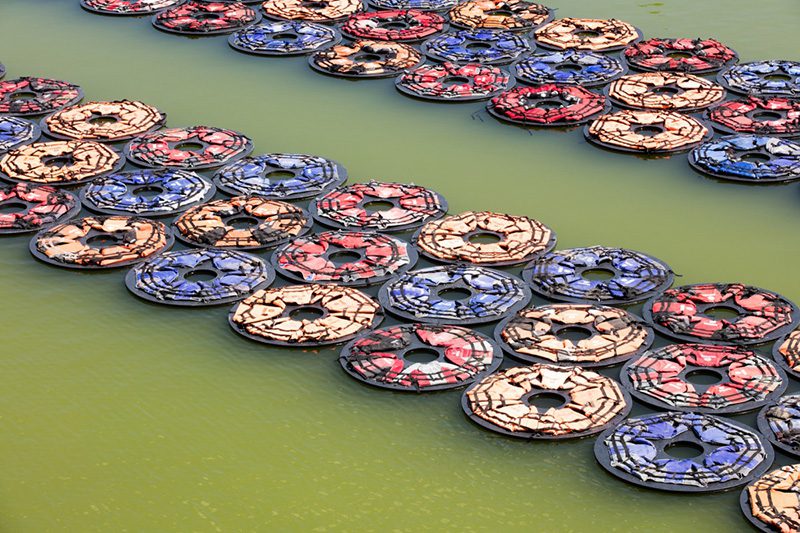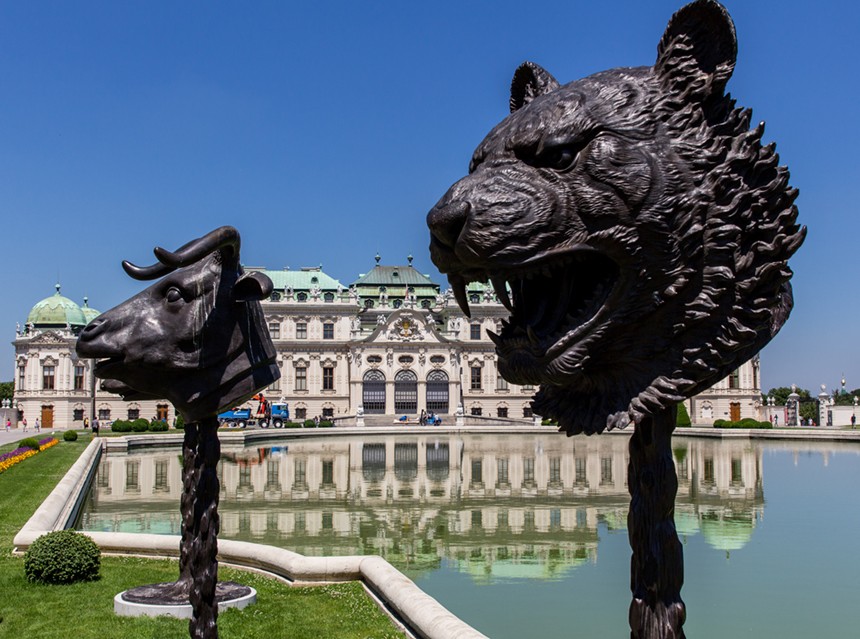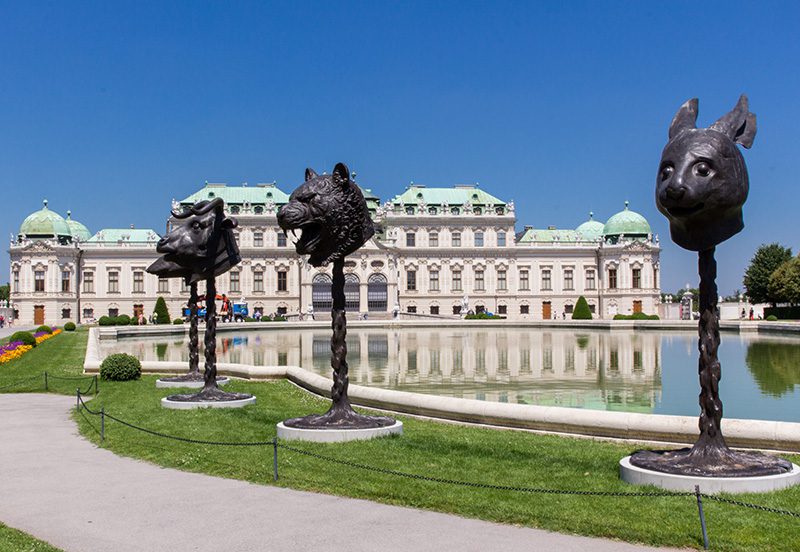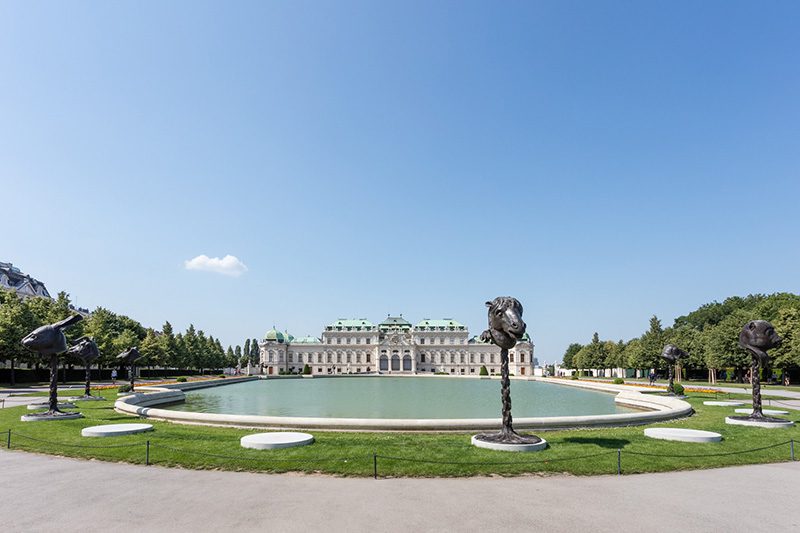ART CITIES:Vienna-Ai Weiwei
 All art is political in the sense that all art takes place in the public arena and engages with an already existing ideology. As a conceptual artist, a documentary filmmaker and an activist, Ai Weiwei’s works exert criticism not only on the regime of his native China, but respond as well to the political reality of Europe’s current refugee crisis.
All art is political in the sense that all art takes place in the public arena and engages with an already existing ideology. As a conceptual artist, a documentary filmmaker and an activist, Ai Weiwei’s works exert criticism not only on the regime of his native China, but respond as well to the political reality of Europe’s current refugee crisis.
By Efi Michalarou
Photo: 21er Haus Museum of Contemporary Art Archive
A common thread that runs through both Ai Weiwei’s life and work concerns the themes of expulsion, migration, and deliberate change of location as a transformative catalyst for humans and objects alike. This critical subject matter is at the core of “translocation–transformation”, his solo exhibition in Austria. Central to the exhibition is the Wang family ancestral temple from the Ming Dynasty, whose main hall will be accurately reconstructed in the 21er Haus. The 14-meter tall wooden temple consists of over 1,300 individual pieces and will be presented for the first time outside of China. The Wang family was one of the most important tea traders in the region and their ancestral hall was in use right up until the Cultural Revolution, at which point the family was expelled rendering it redundant. As the decades passed this once imposing and important building became a ruin on the brink of collapse. Ai Weiwei purchased the now displaced hall, moved it again and by placing it on display gave it a new cultural role. There could hardly be a better example of the all-pervading presence of the Cultural Revolution even decades after Mao’s death. Removed from its original function, this process of translocation endows it with new meaning. Similarly, the 21er Haus was intended as a temporary pavilion for the 1958 World Fair in Brussels, the temple’s placement here provides the grounds upon which the two spaces can engage in a multi-layered dialogue. Other works are complementing this large-scale installation. One of these, “Ton of Tea” (2008), alludes to China’s tea culture (and its political components) and is thus closely related to the original owners of the temple. The exhibition continues into the baroque Belvedere gardens, is installed the “Circle of Animals/Zodiac Heads” (2010). Designed in the 18th century by two European Jesuits serving in the court of the Qing dynasty Emperor Qianlong, the 12 zodiac animal heads originally functioned as a water clock-fountain, which was sited in the European-style gardens of the Yuanming Yuan. In the Second Opium War (1860), the Yuanming Yuan was ransacked by French and British troops, and the heads were pillaged. In re-interpreting these objects on an oversized scale, Ai Weiwei focuses attention on questions of looting and repatriation, while extending his ongoing exploration of the ‘fake’ and the copy in relation to the original.
Info: Curator: Alfred Weidinger, 21er Haus Museum of Contemporary Art, Quartier Belvedere Arsenalstraße 1, Vienna, Duration: 14/7-20/11/16, Days & Hours: Wed 11:00-21:00, Thu-sun 11:00-18:00, www.21erhaus.at




